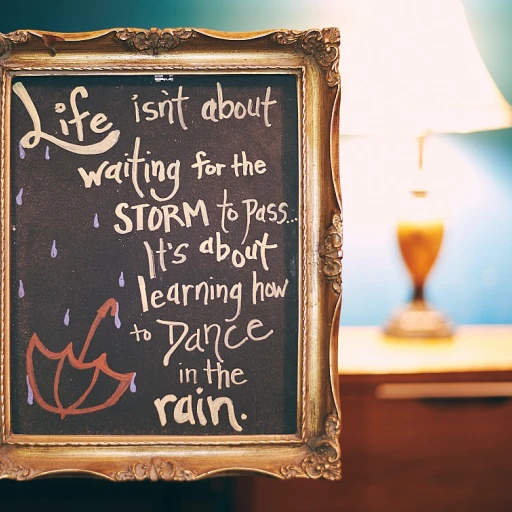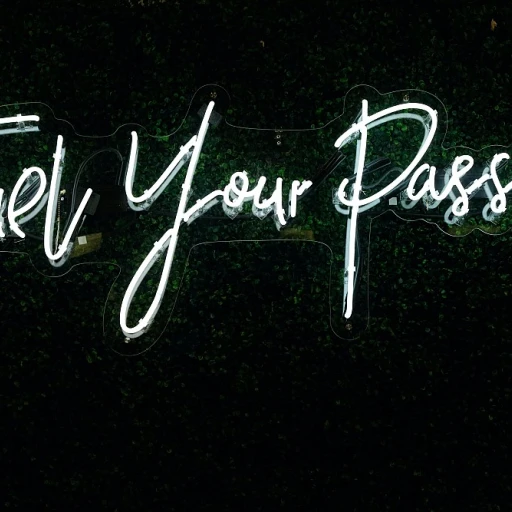Understanding AI in Educational Tools
AI's Role in Modern Educational Tools
In today's rapidly evolving educational landscape, artificial intelligence (AI) is becoming a pivotal element in enhancing learning experiences. AI-driven tools, such as language models like ChatGPT, are increasingly integrated into various educational platforms, including PowerPoint presentations. These tools offer students new ways to create and refine their work, often blurring the lines between human and machine-generated content.
AI in educational tools primarily focuses on content generation, providing students with the ability to produce text, images, and even entire presentations with minimal effort. This technology can help students overcome challenges in writing and creativity, offering a supportive role in their academic journey. However, it also raises questions about academic integrity, as the ease of generating content may lead to concerns about plagiarism and the authenticity of student work.
Teachers are now faced with the challenge of distinguishing between human-written and AI-generated content. The integration of AI in educational tools necessitates a deeper understanding of how these technologies function and their implications for learning and assessment. As AI continues to evolve, educators must adapt to these changes, ensuring that they can effectively detect and address the use of AI in student presentations and other academic tasks.
How AI-Generated Content Differs from Human-Made Content
Distinguishing AI-Generated Content from Human Creations
In the realm of educational tools, AI-generated content is increasingly prevalent, making it crucial for educators to understand how it differs from human-made content. Language models like ChatGPT have revolutionized the way students and teachers approach tasks such as writing and presentations. However, this raises questions about academic integrity and the authenticity of student work.
AI-generated text often exhibits certain characteristics that can set it apart from human-written content. These include:
- Consistency in Style: AI tools tend to produce text with a consistent style and tone, which might lack the nuanced variations typical of human writing.
- Repetitive Patterns: Machine learning models sometimes generate repetitive phrases or ideas, which can be a red flag for teachers aiming to detect AI usage.
- Complexity and Depth: While AI can produce sophisticated language, it may struggle with depth and critical analysis, often found in human-written work.
Detection tools, including plagiarism checkers, have been adapted to identify AI-generated content. These tools analyze text patterns, structure, and the likelihood of machine-generated phrases. In PowerPoint presentations, educators might notice uniformity in slide design or overly polished text that suggests AI involvement.
Understanding these differences is essential for maintaining academic integrity and ensuring that students engage in authentic learning experiences. For a deeper exploration of how AI is reshaping various fields, consider reading about how artificial intelligence is transforming the recruitment landscape.
Techniques Teachers Use to Spot AI in Presentations
Skills for Identifying AI in Presentations
As artificial intelligence becomes more prevalent in education, teachers are refining their skills to detect AI-generated content in PowerPoint presentations. Differentiating between human-written and AI-generated text requires a keen eye, but educators have developed several methods to stay ahead. These detection techniques ensure students maintain academic integrity while harnessing these powerful tools.
- Content Analysis: Teachers often evaluate the coherence and style of student work. AI tools like ChatGPT produce text that might lack the natural flow or nuanced arguments typical of human content.
- Plagiarism Detection: Advanced plagiarism checkers can flag suspicious sections of text for further review, helping teachers to detect generated text in student presentations.
- Technical Tools: Some detection tools specifically designed to identify AI-generated content are becoming available. These tools aid educators in distinguishing between student work and AI-driven documents efficiently.
- Educator Experience: With experience, teachers can often spot subtle differences in tone or vocabulary that may indicate AI involvement. Consistency in writing style across different parts of the presentation can be a telling sign.
- Machine Learning Insights: AI-enhanced detection tools harness machine learning algorithms to improve their accuracy over time, continuously learning from each case to provide better identification capabilities.
These strategies empower educators to guide students in using AI technology responsibly, helping them understand where the use of AI is appropriate and how to transform AI-generated insights into comprehensive, human-driven learning experiences.
The Implications of AI Detection in Education
Recognizing AI's Impact in Academia
The integration of AI into the educational sector, particularly in tools like PowerPoint presentations, poses both opportunities and challenges. Educators are increasingly tasked with maintaining academic integrity as AI-driven content becomes more prevalent. This has significant implications for detection and evaluation of student work. AI technologies, such as chatgpt and advanced language models, enable the rapid creation of text, raising concerns about the originality of generated content versus human-written content. The ease with which students can now access such tools for generating presentations underscores the need for robust plagiarism detection systems. Educators are compelled to adapt and equip themselves with enhanced detection tools to discern between human crafted text and machine-generated text. Traditional plagiarism checkers are being upgraded to identify patterns specific to AI generated work in student presentations. By doing so, teachers can uphold academic standards and ensure that student work reflects personal effort and understanding. Moreover, the implications extend beyond mere detection. There's a broader conversation about how the free use of AI tools in academic settings might influence the learning process. While some argue that these tools can help students refine their research and presentation skills, there is a parallel concern about diminishing critical thinking and originality. In the era of AI, educators must balance the integration of technological advancements while preserving educational integrity. This entails not only employing detection tools but also fostering a learning environment where students appreciate the value of human insight in academic and creative endeavors.Future Trends: AI and Educational Integrity
The Promise and Perils of AI in Academic Settings
Artificial intelligence is rapidly advancing, and its integration into educational environments poses both exciting opportunities and significant challenges. AI-powered detection tools are expertly designed to help safeguard academic integrity, especially in PowerPoint presentations where distinguishing between human-written and generated content becomes crucial.
While AI offers tools for enhancing learning experiences, its seamless ability to create content raises concerns over plagiarism. With students increasingly having access to free platforms that produce generated text, teachers must explore comprehensive strategies to detect generated work.
Emerging detection tools use machine learning algorithms to examine nuances in text, differentiating between AI-driven and human creations more effectively. However, these technologies are not flawless and require continuous updates to stay ahead in this evolving landscape.
Transparency in the use of AI in the classroom could play a vital role in maintaining trust. Acknowledging AI's role in supporting or even creating parts of a student's work might assist teachers in fostering a culture of integrity.
Beyond detection, there's potential for AI to help all students, bridging gaps in writing and presentation skills. However, striking a balance between AI as an assistive tool and AI as a path to cut corners is critical and part of ongoing debates about fair use in educational contexts.
The delicate interplay between leveraging AI's benefits and tackling its challenges necessitates an adaptive approach from educators, one that commits to embracing technology while safeguarding the essence of learning.
Strategies for Educators to Adapt to AI Integration
Embracing AI in the Classroom
The integration of artificial intelligence in education is no longer a distant future but a current reality—one that educators need to adapt to. As AI tools like ChatGPT become more prevalent in generating content, teachers can play a crucial role in embracing this transformation while maintaining academic integrity.
One strategy for educators is to introduce AI detection tools in classrooms. These technologies help in identifying AI-generated content versus human-written work, ensuring that students remain honest in their presentations and writing tasks. Companies are developing more sophisticated detection tools to aid educators in this effort.
In addition to technology, fostering an open dialogue with students about the ethical implications of AI in their work is essential. Discussing topics such as plagiarism and the importance of authenticity in student work can help reinforce academic values. Encouraging students to use AI as a complement rather than a substitute for their learning will enhance their analytical and critical thinking skills.
Integrating AI tools in the classroom, like using AI-generated presentations for collaborative learning activities, can be a productive way to demonstrate the capabilities and limitations of AI to students. This approach not only helps them better understand AI technology but also encourages them to think critically about the content generated by machines.
Teachers can also stay informed about the latest developments in AI and machine learning by participating in professional development workshops dedicated to these topics. By understanding how AI tools work, teachers detect nuances in student work that might suggest AI involvement.
Ultimately, the goal is to foster an educational environment where AI is seen as a tool to enhance learning rather than a threat to integrity. As educators and students work together to navigate this new landscape, the balance will help maintain the core values of education while embracing innovation.








